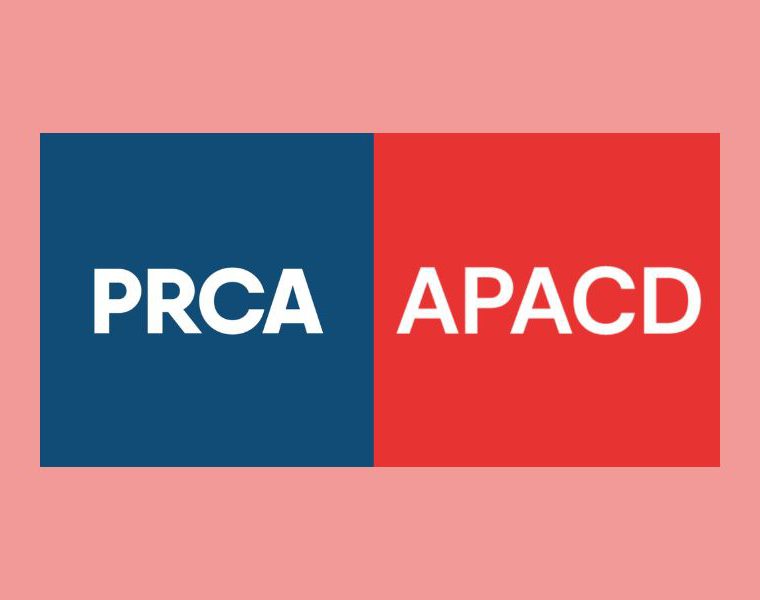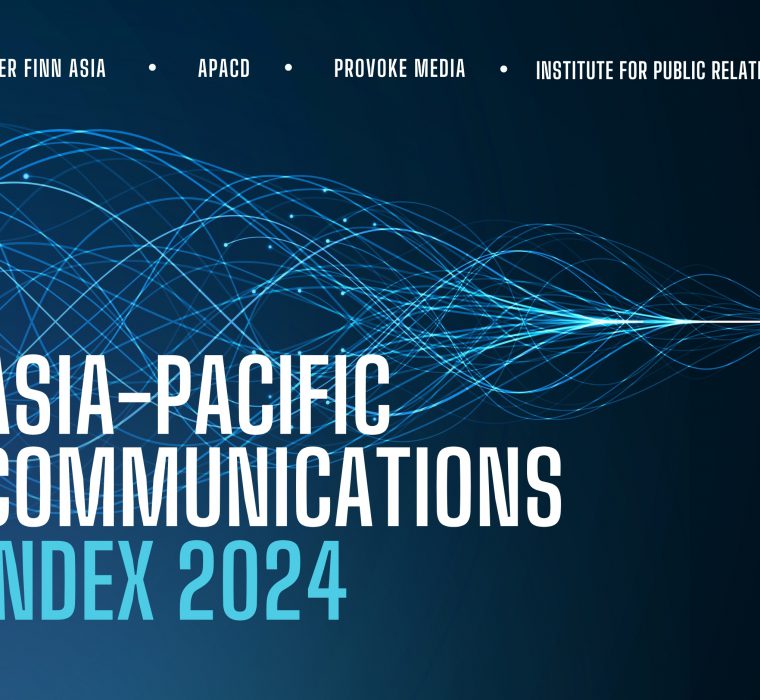Time To Turn Diversity Talk Into Action In The PR Industry
8th June 2022
With the appointment in May of Karine Jean-Pierre as White House press secretary, there is now a black woman in arguably the most visible – and challenging – communications role in the world.

With the appointment in May of Karine Jean-Pierre as White House press secretary, there is now a black woman in arguably the most visible – and challenging – communications role in the world.
On one hand, this is cause for celebration for all those who want to see a more diverse and inclusive PR profession. Representation matters, so Ms Jean-Pierre’s appointment provides the kind of role model that could inspire people from Black and minority backgrounds to build a career in PR.
On the other hand, it begs the question of why more progress hasn’t been made, given that diversity is a stated priority for so many corporates. Despite the aspirations, the underlying data remain underwhelming.
In the US, a 2021 study by the Diversity Action Alliance found that among PR organisations polled, only 21% of employees are ethnically diverse, and among CEOs and top directors, that percentage drops to 7%. According to 2019 US census data, in the overall population around 40% of people identify as non-White.
In the UK, the CIPR State of the Profession 2020 report reveals that progress on addressing the lack of ethnic diversity within the industry remains slow: 91% of the PR folks polled classify themselves as White, compared to 92% in 2019. That’s higher than the general population, which Britain’s Office of National Statistics estimates to be around 80% White.
The business benefits of greater diversity have been recognized in the corporate world for some time and, within the PR industry, most professional associations have identified it as a priority. Beyond the moral imperative, however, now more than ever there are benefits to having PR people more closely represent the societies in which we live.
Companies are navigating complex social, economic and geopolitical issues and increasingly, their employees expect them to take a stance. With these tricky topics, it’s helpful if the people advising can speak from a range of cultural and ethnic backgrounds. I have no doubt companies will receive better advice and make smarter decisions as a result.
So, while I’m delighted to see examples of very senior PR professionals from diverse backgrounds – such as Ms Jean-Pierre – I think we need to consider if there has been meaningful progress across the profession, from trainee to managing director and everything in between? And if not, what actions can we take today to fix it?
Let’s start by looking beyond the data, at our own teams. If you are an in-house communications professional, think about whether those around you represent the diversity of the world outside your organisation. Agency teams should ask themselves the same question because many of their clients will be looking for diversity among their suppliers.
Another way to address the aspiration versus action gap we’re facing is to look at the talent pipeline. Avenues into the PR business may be well trodden for those from certain schools or universities. And mid-career joiners often come from journalism or politics – neither of which is particularly diverse. However, working with a specialist organisation can make a huge difference in attracting a variety of candidates. For example, the UK’s Taylor Bennett Foundation is doing great work providing PR training and internship programmes that connect Black, Asian and minority ethnic graduates to corporates and agencies.
For those of us fortunate to work in organisations that are actively prioritizing diversity, equity and inclusion, seek out your DEI leaders and ensure that best practices and learning opportunities are available to your team. Look for active engagement opportunities, which are likely to be more effective than one-size-fits-all training.
Your company is full of people who want to get involved in diversity efforts, so leverage the wisdom and experience of more senior people to provide mentoring and sponsorship opportunities for young, diverse talent. This can be a powerful way to show that you are investing in them and giving them exposure they wouldn’t otherwise have. One organisation doing valuable work in this area is Roots Inspire, a mentoring platform that aims to develop diverse leaders for the corporate world.
When I embarked on my PR career back in 1998, I didn’t give much thought to why few people in the industry looked like me. I’m happy to report that things have improved a lot in the last two decades and young people starting out are much more likely to think about diversity – or be ready to call it out when it’s lacking.
Achieving progress means being honest with ourselves about the current state of the industry and recognizing that it will take collective effort and accountability to build a more diverse, equitable and inclusive PR profession.
Eva Sogbanmu is head of communications, Asia Pacific, at JLL




